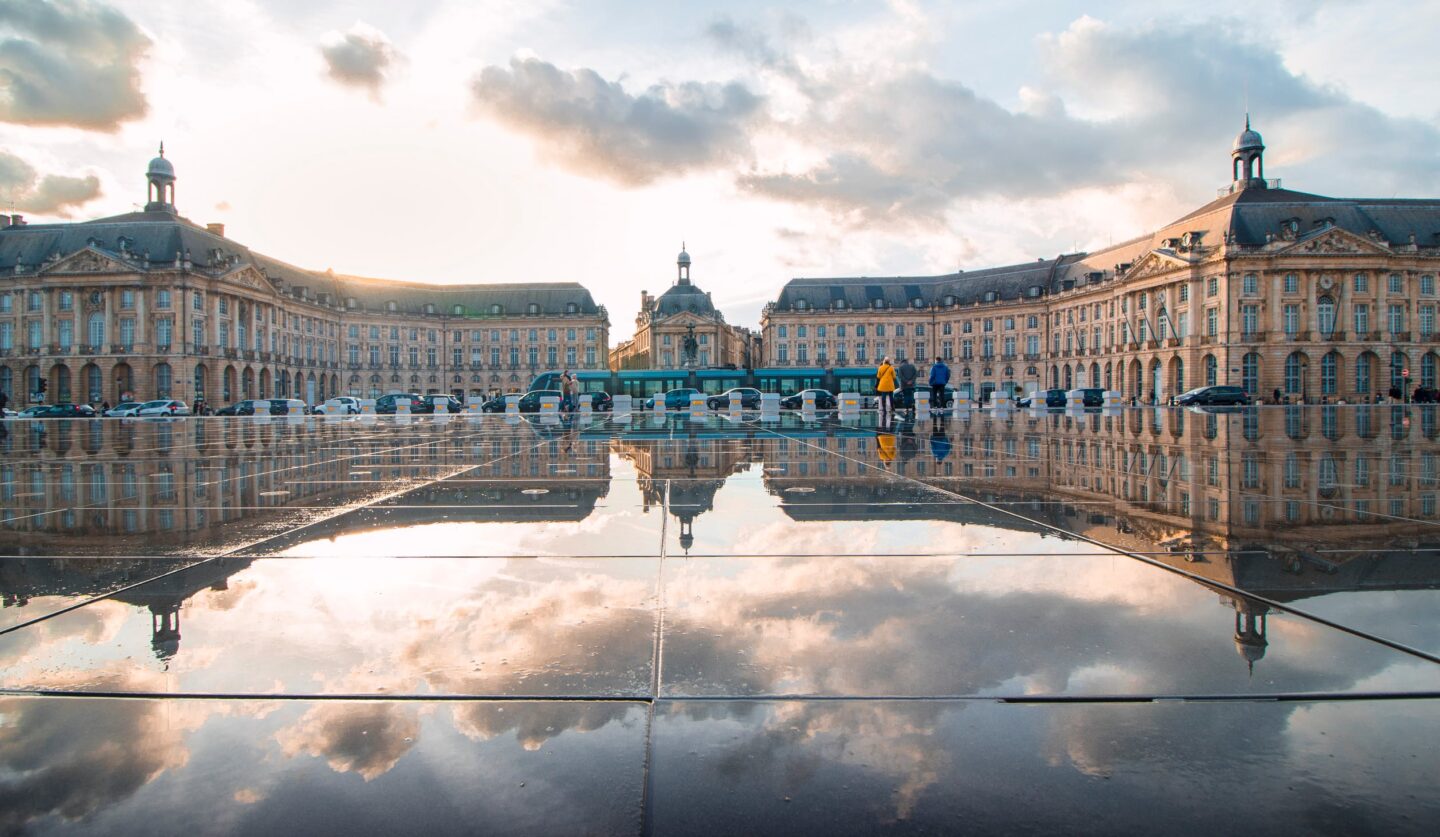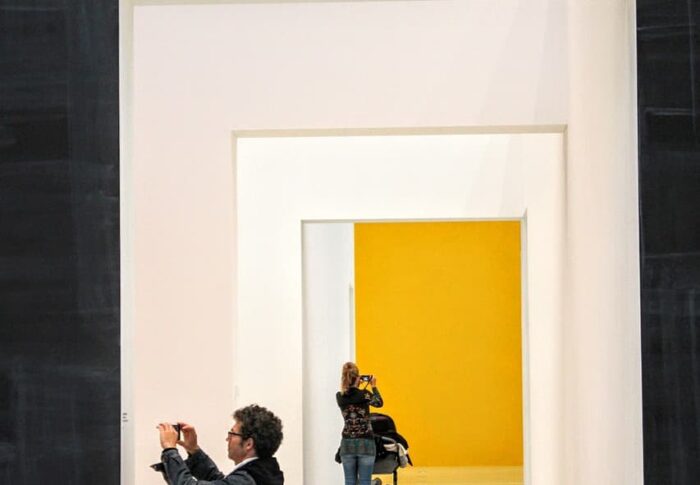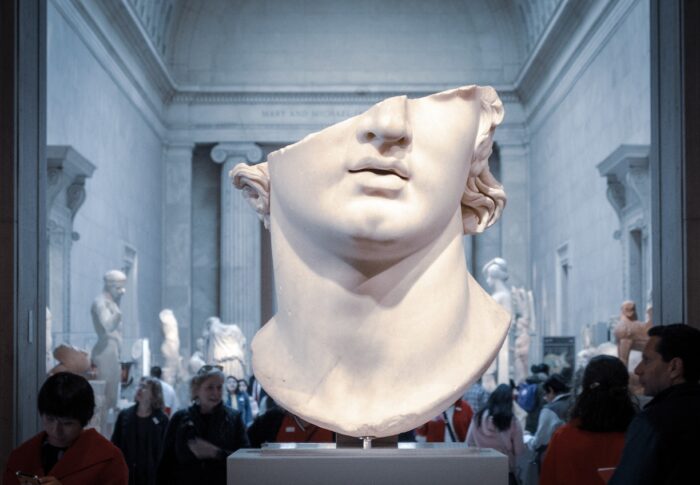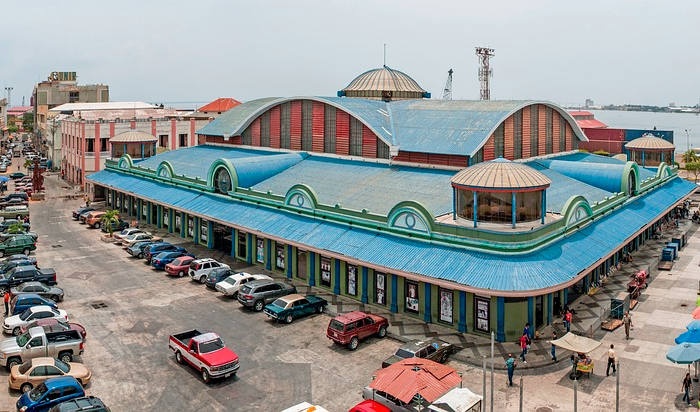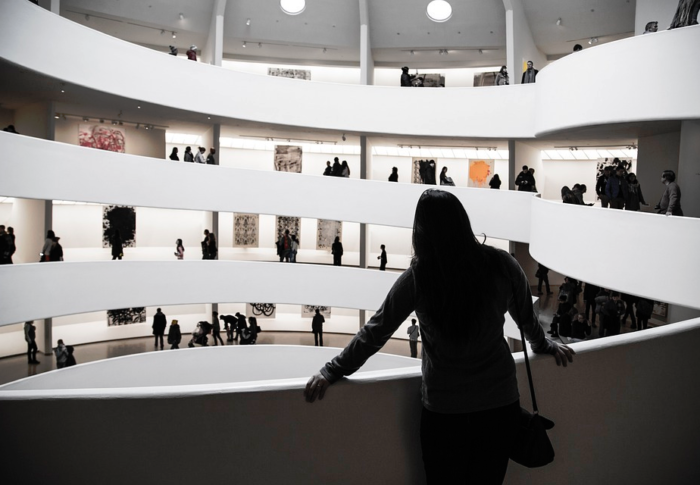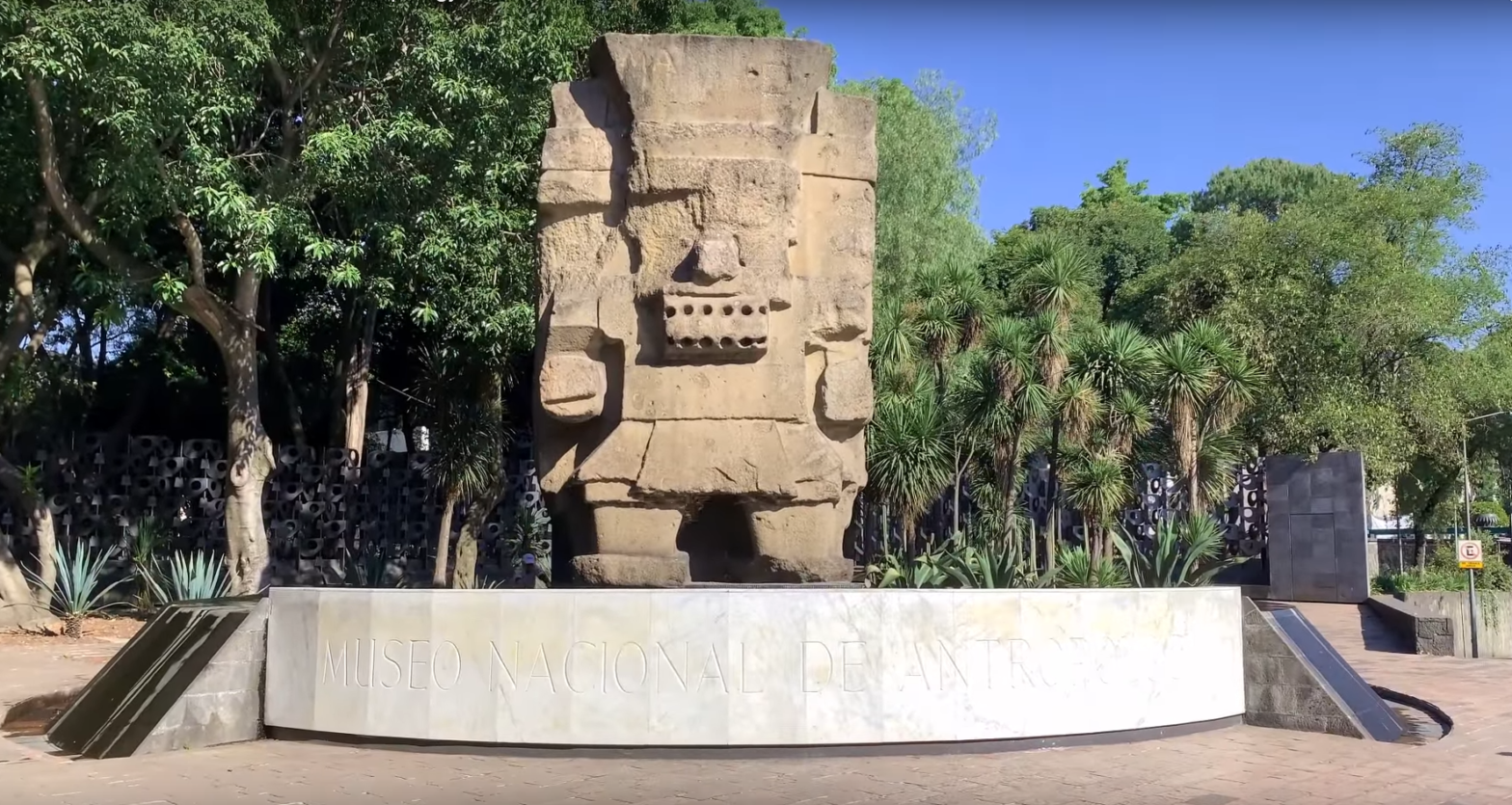
The National Museum of Anthropology and History
The National Museum of Anthropology and History is one of the largest museums in Latin America and the most important state museum in Mexico.
The museum is located in the center of Mexico City in Chapultepec Park. The museum contains a rich collection of archaeological and ethnographic artifacts collected from all regions of Mexico.
The Museum of Anthropology is the number one attraction in the Mexican capital. It features a complete collection of Mesoamerican heritage – the Olmec, Zapotec, Toltec, Mixtec, Aztec and Mayan cultures.
History of the Museum of Anthropology
The first exhibits in the collection of antiquities were part of the collection of Lorenzo Boturini, an Italian historian and antiquarian who studied New Spain. Lorenzo Boturini studied the language and writing of the indigenous peoples of Mexico from 1736 to 1742. The scholar traveled extensively throughout the country, studying collections and archives, and collecting information about the history, religion, and calendar of ancient cultures. He copied inscriptions on temples and steles and sketched monuments and sculptures. Lorenzo Boturini’s collection of antiquities included about 300 drawings, manuscripts, codices, and maps.
.jpg)
In 1743 the government of New Spain brought charges of dishonesty against Boturini. The scholar was imprisoned and the collection confiscated. Although the King of Spain later exonerated Boturini and ordered the return of the collection, Boturini never returned to Mexico and never saw the collection again.
Some of the antiquities ended up in the national libraries of Paris and Berlin, some ended up in private collections, and the remaining pieces were donated to the library of the University of Mexico and became the basis of the future National Museum of Anthropology.
In 1910. Mexican President Porfirio Diaz inaugurated the National Museum of Anthropology, History and Ethnography. The museum’s collection was constantly being expanded with new archaeological finds, and the halls could no longer hold all of the exhibits.
In 1964 the museum moved to a modern building. Currently, the Museum of Anthropology and History occupies an area of 8 hectares. It contains more than 92,000 items.
Museum of Anthropology and History
The exhibitions are located on two floors. The archaeology section occupies the first floor. On the second floor is the ethnography section.
The archeological part is the most interesting. The rooms dedicated to anthropology are arranged around an open courtyard. The first hall talks about anthropology as a science. The second and third halls cover the layer of history related to the settlement of the Americas and the Preclassic period of the Mexican highlands. Separate rooms are devoted to the cultures of Teotihuacan, Toltec, Olmec, Aztec and Maya.
Among the unique items on display are the legendary jade mask of the great Mayan ruler Pacal of Palenque, the Aztec Stone of the Sun, and the giant head of the Olmecs.
The museum reproduces in color the Temple of the Feathered Serpent at Teotihuacan, and presents a scale model of Tenochtitlan, the capital of the Aztec state that was completely razed to the ground by the conquistadors. In the hall devoted to the Toltecs, one of the Atlanteans of Tula rises majestically.

The monumental museum building is guarded by a large sculpture of the Aztec god of rain, Tlaloc.
A tour of the National Museum of Anthropology is part of all of our Mexico tours.
An immersion in the history of Mexico begins in the halls of the museum. Museum exhibits provide a complete picture of the development of the cultures of Mesoamerica. Chronological and geographical order of 23 museum halls allows you to cover a layer of history of several millennia during a single excursion. All stages are presented visually, which makes the tour visual and interesting.
